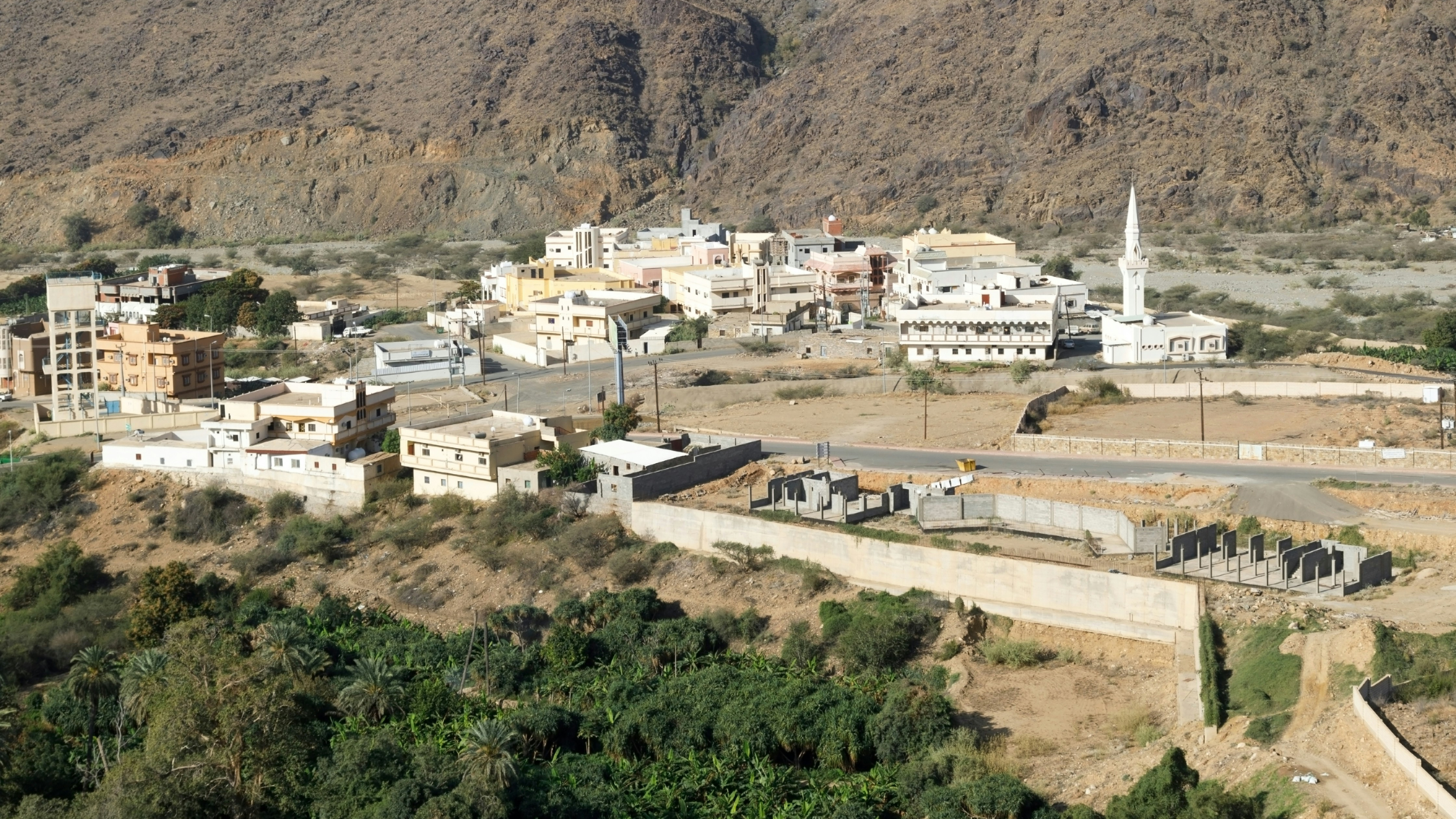How the 4IR is driving a new wave of energy innovation

The tools of the Fourth Industrial Revolution are transforming the energy sector
From the rollout of intelligent machinery to the industrial deployment of Unmanned Aerial Vehicles (UAVs), the world is undergoing a fundamental transformation that is creating new possibilities.
Technologies once confined to the realms of science fiction are now an integral part of life. For the energy industry, these new technologies can help us achieve breakthroughs in efficiency, safety and reducing CO2 emissions.
In discussions about the future, ours is an industry too often portrayed as being a laggard on technology and innovation. The reality is that the energy sector is highly competitive, a fact that constantly drives performance enhancements. We also have an ever-present desire to achieve further sustainability gains. These factors have inspired a new wave of technological development within the oil and gas sector. For example, Aramco is deploying 4IR solutions across its operations, from subsurface exploration to downstream development, to improve efficiency, reduce emissions, enhance reliability, optimize costs and unlock new opportunities.
Our Khurais facility, one of 10 projects welcomed by the World Economic Forum into its Global Lighthouse Network this month, is a prime example. It is the largest intelligent oil field in the world, equipped with Industrial Internet of Things (IIoT) devices and digital twin technology, which enables remote operation using real-time 3D Virtual Reality (VR) software.
The site harnesses Big Data analytics, machine learning, smart sensors and a remaining useful life forecasting system. Industrial robotics and UAVs perform inspection functions, improving diagnostic capabilities and efficiency. It is also the first oil field with Advanced Process Control (APC) for smart production rate adjustments, while two patents have been received for a smart performance monitoring application that uses predictive and prescriptive analytics to optimize fuel gas in boilers, contributing to fuel gas savings and reducing CO2 emissions. Meanwhile, a pipeline management system provides pipe leak detection and real-time security alerts using 24/7 fiber optic network sensing, contributing to an improvement in safety and environmental performance.
These advanced technologies have enabled us to reduce overall power consumption at Khurais by 18%, slash maintenance costs by 30% and cut inspection times by 40%. In addition, they have enhanced reliability by 50% and increased operational response times by 100%. Technology has helped to ensure uninterrupted production throughout the COVID-19 pandemic. It has also revolutionized jobs without replacing them. For example, before the digital transformation most plant and field operation activities required physical human intervention, with process modifications and enhancements determined by individual experts. Now, operators make decisions based on information obtained through real-time IIoT controlling systems.
Such innovations can only be achieved through ongoing investment in the oil and gas sector. By optimizing its operations, the hydrocarbon industry can further contribute towards a more sustainable future and play a key role in advancing the clean energy transition. We should not lose sight of this goal, despite the financial impact of COVID-19 on the energy industry as a whole. With the International Energy Agency (IEA) in May forecasting a record drop in energy investment in 2020, the emphasis must be on smart decision making and ensuring the technology we adopt today enhances our ability to meet the needs of tomorrow. For the energy sector, this includes not only 4IR technologies that improve efficiencies and operational capabilities, but also innovations that help reduce emissions and make energy networks more sustainable.

In this context, the World Economic Forum's Global Lighthouse Network is a welcome reminder of the potential for industrial innovation to connect real-world manufacturing assets with cutting-edge digital capabilities to realize better performance, both safely and sustainability. There are now 54 Lighthouse projects globally and two of those belong to Aramco, with our Uthmaniyah Gas Plant inducted in January 2019 – making us one of just nine companies represented in the network by more than one facility. While we are currently one of only three oil and gas firms, we remain confident that the energy sector will continue to grow its representation in the Global Lighthouse Network in the years to come.
Don't miss any update on this topic
Create a free account and access your personalized content collection with our latest publications and analyses.
License and Republishing
World Economic Forum articles may be republished in accordance with the Creative Commons Attribution-NonCommercial-NoDerivatives 4.0 International Public License, and in accordance with our Terms of Use.
The views expressed in this article are those of the author alone and not the World Economic Forum.
Stay up to date:
Fourth Industrial Revolution
Forum Stories newsletter
Bringing you weekly curated insights and analysis on the global issues that matter.
More on InnovationSee all
Awais Ahmed and Srishti Bajpai
November 11, 2025







